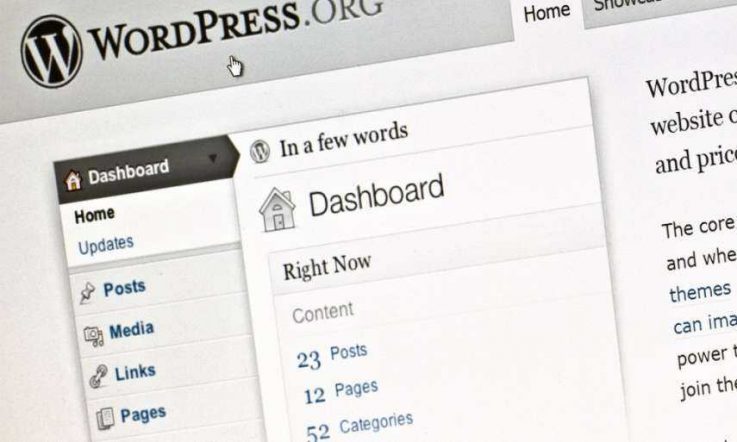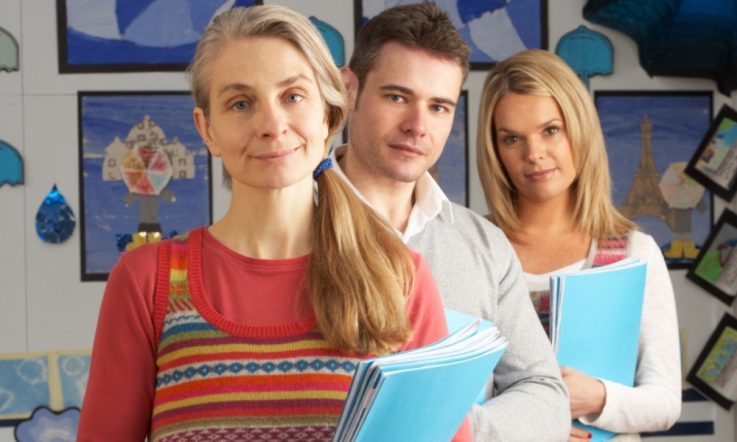Whatever your role in school and whatever stage you're at in your career, building a professional portfolio can be a valuable tool to reflect on achievements and set future goals.
Keren Caple, general manager of AITSL (the Australian Institute for Teaching and School Leadership), says a growing number of educators are asking for advice in this area. 'What is really pleasing is that this isn’t just for accountability, or those really high stakes processes,' Caple tells Teacher.
She says evidence is increasingly being used by educators to prompt conversations about their work and professional practices, and how this supports their growth and development.
Using evidence as the basis for self-reflection, Caple notes, allows educators to critically evaluate what they do and make adjustments for the future. 'Ultimately, it’s about every teacher getting better every day as a powerful means of improving student outcomes.'
Deciding what to include in a professional portfolio can be tricky - but before you dive in and start sifting through a mountain of documents, it's worth going back a few steps.
Elizabeth Hartnell-Young is Director of the ACER Institute and co-author of Digital Portfolios: Powerful Tools for Professional Growth and Reflection.
As the book points out, there are lots of reasons for compiling an individual portfolio, including recording or planning professional development, applying for a job, celebrating your lifelong learning journey, or meeting certification and registration requirements.
Hartnell-Young advises whatever the purpose and whatever your role, the general 'rules' of how to go about building a portfolio are the same.
'[First of all] you need a repository. It could be on your hard drive, in the cloud, or wherever, but you've got to have somewhere to keep your evidence.
'You've got to have a file management system of some sort, and metatagging. So you have a systematic storage of your evidence.
'In the early days, people thought that collection was a portfolio - but that's your repository, your archive, your possibility, your potential items for your portfolio.'
Hartnell-Young reiterates that every portfolio, whether it's created and used by students or educators, has a purpose. Deciding on that purpose is the next step.
'If the purpose is to present material against [teacher] standards you would pull some items in as the best evidence for a particular standard, but if it's going for a job there might be job selection criteria and you might pull some slightly different items to meet that selection criteria.
'So, you've got this repository that's always growing and has been organised ... and then you have to select [which artefacts to use] - you don't put everything forward.
'Once you've selected, you'd really be annotating and reflecting. One item could be used for different purposes and so it's only when you've decided what the purpose is, what it's providing evidence for, that you would annotate it.
'Maybe you'd put some reasoning about why you chose it ... a reflection of how well it went, what would you do differently. So, it's a good example, but in the future [you could show how] you learnt from this.'
Compiling a digital rather than a paper-based portfolio opens up opportunities to include audio clips, videos and photos alongside electronic documents and scanned text. If you are including audio and video, don't forget to add information for easy access in the future.
'For more detail, contextual notes should be kept with each artefact. For example, is the date clear? How many students were involved? How many staff members? What role did the teacher play? What were the outcomes in the short or long term?'
In their 2007 book, Digital Portfolios: Powerful Tools for Professional Growth and Reflection, Hartnell-Young and Maureen Morriss state that 'Without good organisation, the amount of evidence in an archive can quickly become unwieldy. Some people arrange material chronologically, others by project, and others according to standards and competencies ... the system of organisation is a personal decision, but it is important that information can be retrieved quickly.'
Figuring out how to present your portfolio is the next step, and that means checking laws on privacy, copyright, fair use and intellectual property before you publish.
Hartnell-Young says you need to work out exactly who you want to see your portfolio. 'So, you need systems. Most portfolio systems have levels. You can have it open to the wide world, maybe if you're putting yourself up for a job ... university students use portfolios a lot [and] they might only go to their lecturer.'
Simone Coogan is Head of Curriculum at Brisbane's Nundah State School. She is coordinator of the school's mentoring program, and is also a mentor to a beginning teacher.
When working on her personal portfolio, she collects evidence related to her own professional learning goals. For her mentee, the focus is on collecting evidence against the Australian Professional Standards for Teachers. 'Those things that provide the richest picture of her work,' Coogan explains. This includes evidence related to planning and assessment.
'We are collecting evidence [against the teacher standards] as we go, and using the collection of evidence as another way to provide some structure to our mentoring conversations.
'We are using the teacher registration requirements in Queensland (moving from provisional to full registration) as the ‘guidelines’ on how to do this ...'
Coogan recommends taking a look at AITSL's My Standards app as one possible collection tool. '[We're also] annotating electronic documents, which of course is pretty easy to do and worth it anyway as it helps you reflect on the teaching and learning for future practice.
'... it can be really powerful to take stock of the amazing ‘dance’ that teachers can do through all seven standards and 37 focus areas in one single element of their work in a day.'
References
Hartnell-Young, E., & Morriss, M. (2007). Digital portfolios: powerful tools for promoting professional growth and reflection (2nd ed.). Thousand Oaks, CA: Corwin Press.
Have you put together your professional portfolio?
How did it support your growth and development?



